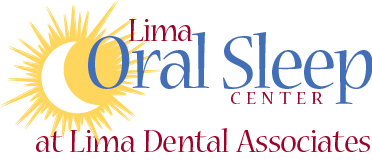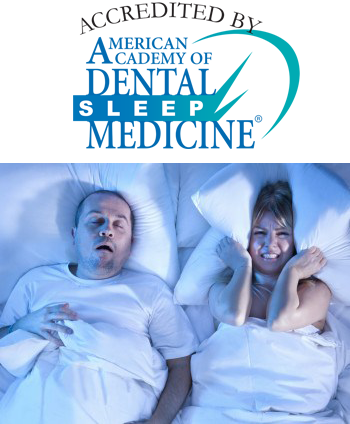 Call 419-224-SNOR (7667).
Call 419-224-SNOR (7667).
Your snoring may not be as charming or innocent as it sounds.
Whether your snoring is simply annoying to others, or whether it is a sign of a more serious condition known as Obstructive Sleep Apnea, we may be able to help you. In conjunction with a board certified sleep physician, Lima Oral Sleep Center can fit you with an FDA approved oral appliance to help you manage snoring and sleep apnea.
Let Dr. Shankland and Your Sleep Doctor Help You Enjoy a Soothing and Safer Sleep, Night After Night.
If you believe you may suffer from sleep apnea and/or habitual snoring, visit your physician or board certified sleep physician. Only a board certified sleep physician can diagnose Obstructive Sleep Apnea.
If you have OSA, you may be a candidate for Oral Appliance Therapy and can be treated by Dr. Shankland in conjunction with your physician. Dr. Shankland is trained in dental sleep medicine and is a member of the American Academy of Dental Sleep Medicine (AADSM), the national society dedicated to the practice of dental sleep medicine.
What you should know about Snoring and Obstructive Sleep Apnea:
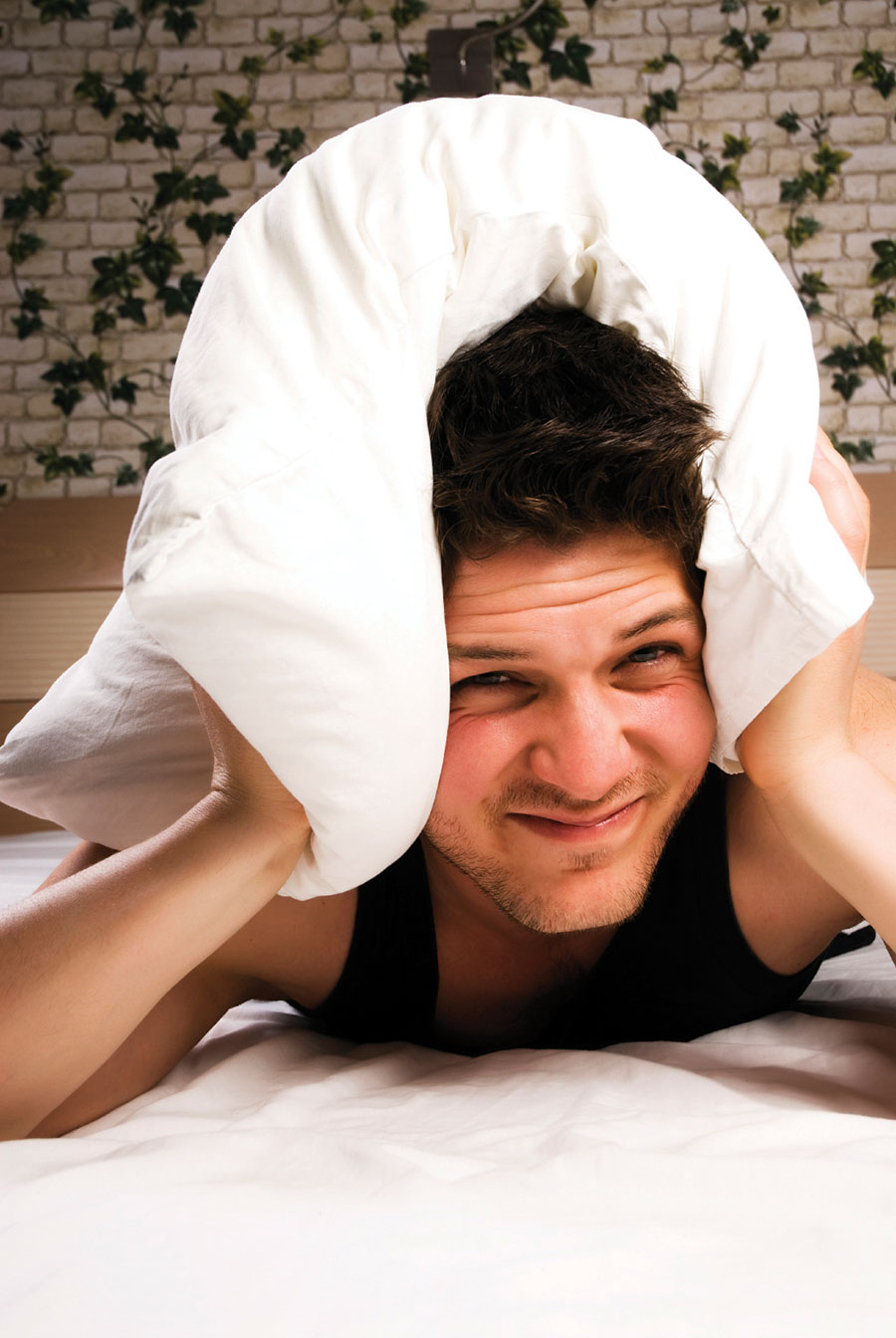
Loud and frequent snoring is a common sign of Obstructive Sleep Apnea (OSA), a potentially life threatening condition. If left untreated, OSA can increase the risk for serious health problems from congestive heart failure, stroke, high blood pressure and heart disease to diabetes, obesity, depression and impotence.
The American Sleep Apnea Association (ASAA) estimates 22 million U.S. adults have obstructive sleep apnea, which causes them to stop breathing hundreds of times a night for anywhere from a few seconds to more than a minute.
Blocked or narrowed airways cause sleep apnea and may be due to large tonsils, a large tongue, or the jaw structure. OSA occurs when the tongue and soft palate collapse onto the back of the throat, blocking the upper airway. OSA can be controlled with appropriate treatment. ASAA estimates that 80% of moderate and severe OSA cases remain undiagnosed.
How do I know if I have Obstructive Sleep Apnea or sleep-disordered breathing?
- They are diagnosed by a board certified sleep physician.
- Symptoms include: loud and frequent snoring, tooth grinding, gasps and a choking sensation while sleeping, daytime fatigue from lack of nightly restful sleep and headaches.
How is Obstructive Sleep Apnea treated?
OSA has been most commonly treated long-term with Continuous Positive Airway Pressure (CPAP). The patient sleeps connected to a machine that blows sufficient air into a mask to keep the airway from collapsing during sleep.
While CPAP is standard treatment, up to 50% of sleep apnea patients do not comply with or tolerate CPAP for a variety of reasons, including: difficulty traveling with the machine, mask discomfort, air leaks, dry mouth and noise.
Patients are also advised to make lifestyle changes and some are treated surgically to correct the compromised airway function.
A Better Night’s Sleep with Oral Appliance Therapy.
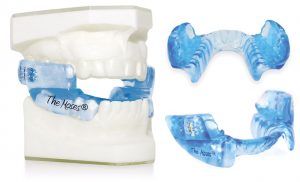
At Lima Oral Sleep Center we treat mild to moderate Obstructive Sleep Apnea with oral appliance therapy.
In contrast to a CPAP machine, an oral appliance is a “mouth-guard-like” device worn only during sleep in order to maintain an open, unobstructed airway.
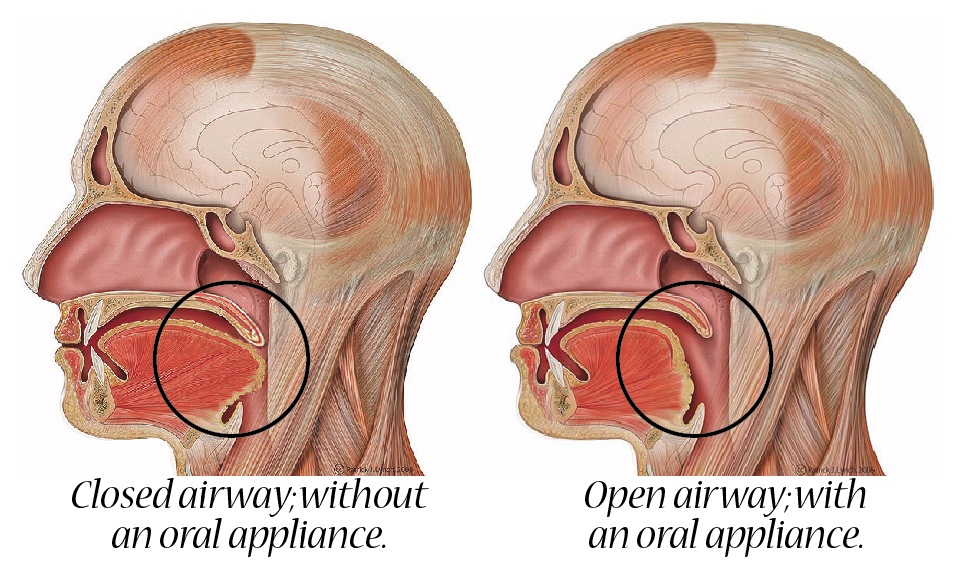 Patients like the oral appliance because it is easy to wear, comfortable, quiet, easy to care for and portable.
Patients like the oral appliance because it is easy to wear, comfortable, quiet, easy to care for and portable.
Oral Appliance Therapy is an effective alternative to CPAP and can equal CPAP in effectiveness. Studies by the American Academy of Dental Sleep Medicine have also shown a higher patient compliance rate – as high as 75% with an oral appliance for the treatment of obstructive sleep apnea.
Oral Appliance Therapy is also an effective and non-invasive treatment for snoring that does not require weight loss or behavioral changes.
Side Effects
Like CPAP, oral appliance therapy can have side effects and are generally minor, most of which improve within a few weeks.
- Common OAT side effects are excessive salivation, muscle and tooth discomfort and, occasionally, joint discomfort.
- Major adverse effects of OAT are uncommon but can include slight tooth movement, permanent changes in a patient’s bite, ongoing muscle soreness or loosening of dental restorations.
- Side effects of oral appliances are no more common than CPAP.
- While short-term TMJ problems may be more common with OAT, long-term TMJ problems are no more significant with OAT than with CPAP.
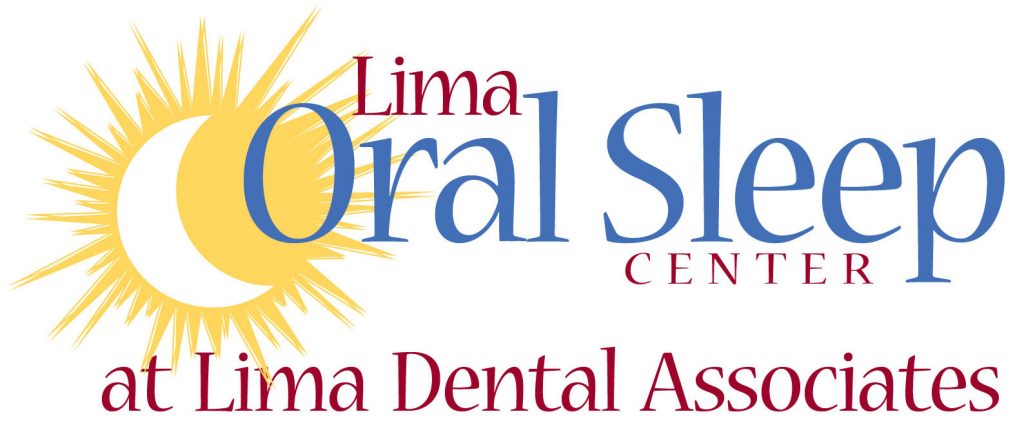
Is snoring a problem in your household?
Are you tired of not getting restful sleep? If you answered yes, then you need to take this test…
Bring these results to your next appointment.
Click here to download a Snoring & Obstructive Sleep Apnea brochure.
Some of the photos and illustrations used in this brochure are courtesy of The Moses® oral appliance, which is one of several FDA approved appliances used by Dr. Shankland.
